Did you know that in 2025, the average person is expected to face over 16 hacks per day? Experts warn that without effective data protection, personal information is more vulnerable than ever.
Data security has reached critical importance as threats evolve and hackers grow bolder. Disguising one’s digital footprint can mean the difference between safety and exposure.
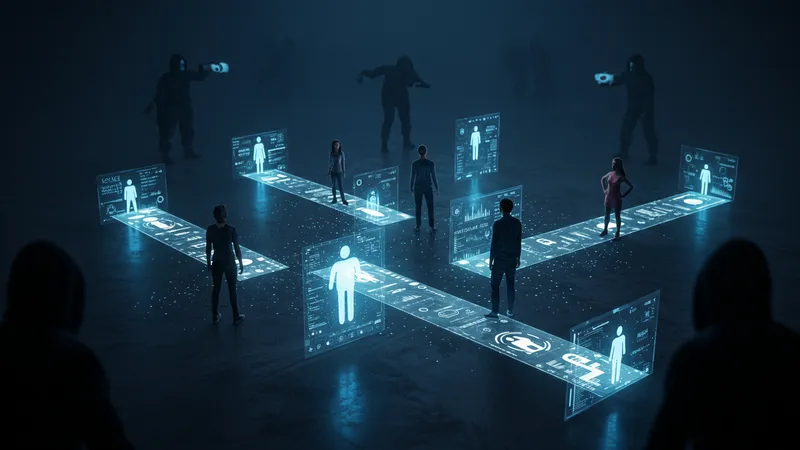
In a world where online identity can be so effortlessly compromised, users are discovering increasingly sophisticated methods to protect themselves. Here’s one you wouldn’t expect: basic VPN strategies transformed by AI, empowering regular individuals to outsmart cybercriminals. Intrigued? But that's not even the wildest part…
Behind the rise of digital defense strategies is a surprising notion—some of the most effective tactics are not about advanced tech but simple awareness and cautious control over digital exposure. What's driving this move? The stark realization that complexity isn’t secure, simplicity is strategic. But that’s not even the wildest part…
What happens next shocked even the experts, unveiling a shift in mindset that could forever change how personal data is safeguarded. Ready for the next revelation?
One of the biggest myths today is that expensive tools are the only way to secure online data. In reality, clever strategies not only save money but also offer resilient protection. It's becoming clear that understanding how to control one’s data flow is more important than just seeking pricey solutions. But there's another concept that's redefining this space…
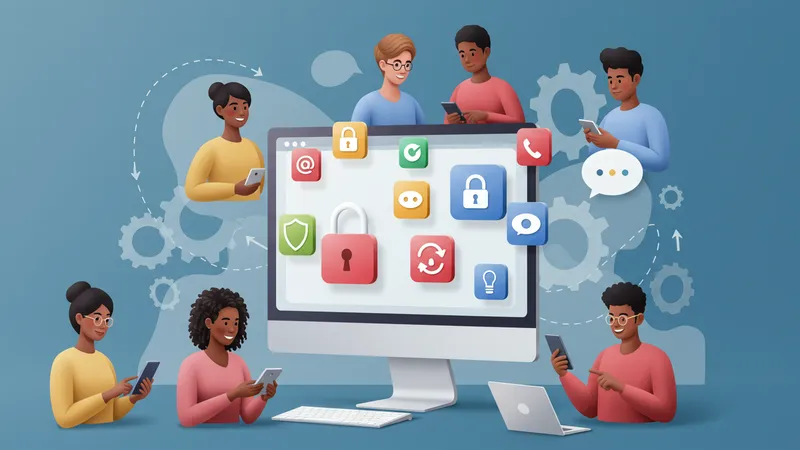
Consider the rise of integrating personal data management into daily routines. Instead of reacting to breaches, proactive approaches now involve simple, yet powerful changes like switching browsers or adjusting privacy settings. This subtle shift emphasizes ongoing habits over one-time fixes. Yet, there's more beneath the surface…
Users are also modifying their digital lifestyles more than ever, opting for tools like browsers that don't track their history or emails that offer default encryption. These small shifts reflect the growing importance of not just protecting data but owning it fully. But what about the silent revolution happening?…
What's unfolding is a surprising twist—many users are combining their use of multiple tools strategically rather than relying on just one solution. This multi-tool strategy fundamentally changes the landscape of personal cybersecurity. Ready to see how it's done?
Choosing a VPN isn’t just about finding the cheapest or the flashiest service anymore. It's about finding a service that fits your individual needs and understanding the nuances. Many users are oblivious to the fact that not all VPNs are created equal. So how do you choose?
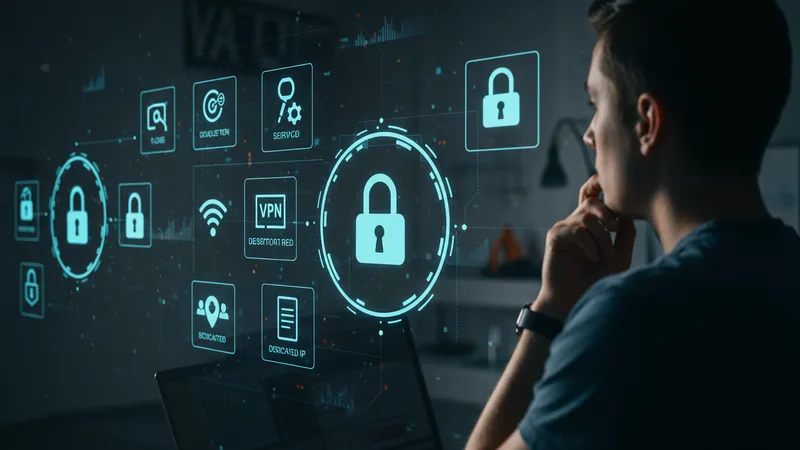
First, consider what you're protecting. Is it just for personal use, or are you safeguarding business operations too? Some VPNs offer features specifically designed for high-risk users, such as double encryption or dedicated IPs. Ready to delve deeper?
Understanding VPN capacities and what protocols they support can influence decisions significantly. For example, are you streaming on Netflix, which could require more robust security, or just browsing basic sites? Little-known features can make all the difference.
The pricing structures often hide the true value of VPN services, with many offering long-term plans that end up costing less than perceived. The key is to understand what’s necessary and what’s a marketing gimmick. Want to uncover another layer?
The future has arrived and AI isn’t just for tech giants. AI advancements are now at the heart of everyday cybersecurity, including VPNs. They’re predicting which servers will be under attack, automatically rerouting traffic to safer content-rich sites seamlessly.
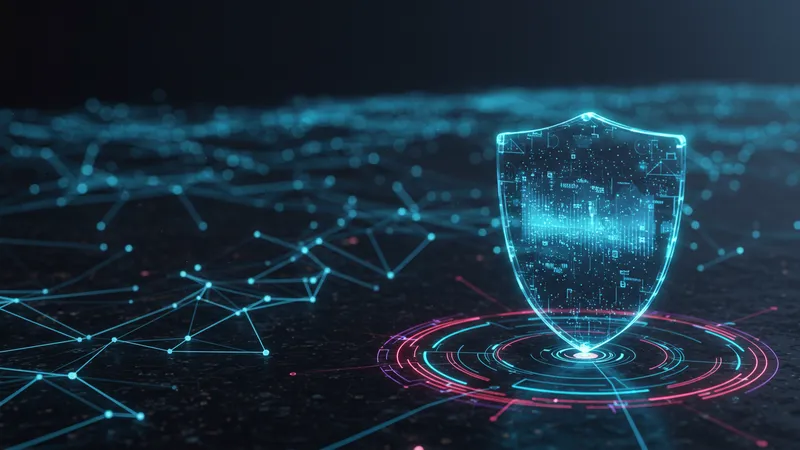
AI-driven VPNs now anticipate user behavior to proactively guard against potential threats. It’s like having a digital bodyguard watching over your shoulder, correcting vulnerabilities before they’re exploited. Curious about the deeper impacts of this technology?
These smart systems make security seamless—no constant adjustments needed. They run quietly in the background, learning continuously, something that wasn't even imaginable a few years ago. How is this reshaping user sentiments toward digital security?
Trust in AI is growing as models improve daily, but the big question is how users adapt to these changes. Quick adjustments are becoming crucial, but resistance is evident. What unprecedented technology is coming next?
Often overlooked, the choice of network can drastically impact data safety. As public Wi-Fi usage thrives, infamous as hotspots for hackers, awareness of secure network selection is growing, but how does it blend with overall protection?
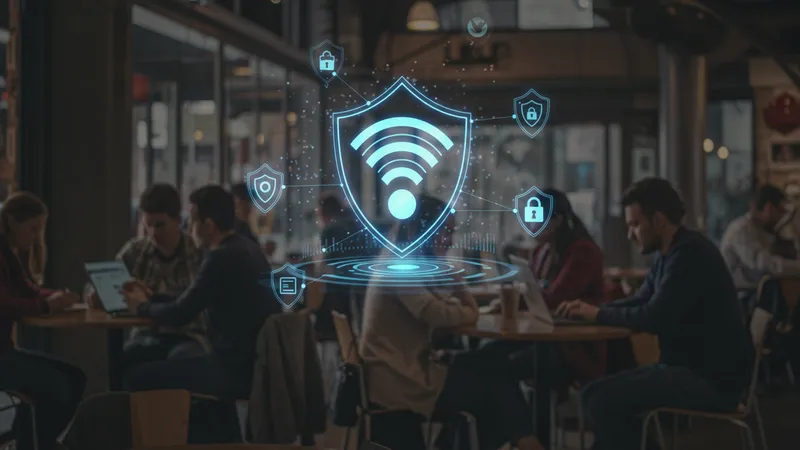
Most users are unaware of the subscription models that provide safer network connections inherently. It's not just about convenience anymore, but a strategic move to guard data passively. There’s one more planning trick users are adopting…
Exploring safe hotspots or tethering using a secure mobile device ensures your data remains better protected than vulnerable public networks. This dual-layer of protection is expected to see growth in the coming years. But, where does that leave traditional access methods?
The trade-off between speed and security is evident; choosing secure yet slightly slower networks might appear redundant but saves extensive potential losses. Yet, the approach isn’t widely embraced... yet. There’s an angle you’re not considering…
Two-Factor Authentication (2FA) has evolved into a staple for online accounts, but its progression in 2025 adds new layers. Beyond traditional SMS codes, the move towards biometric or app-based authentications is shifting the balance.
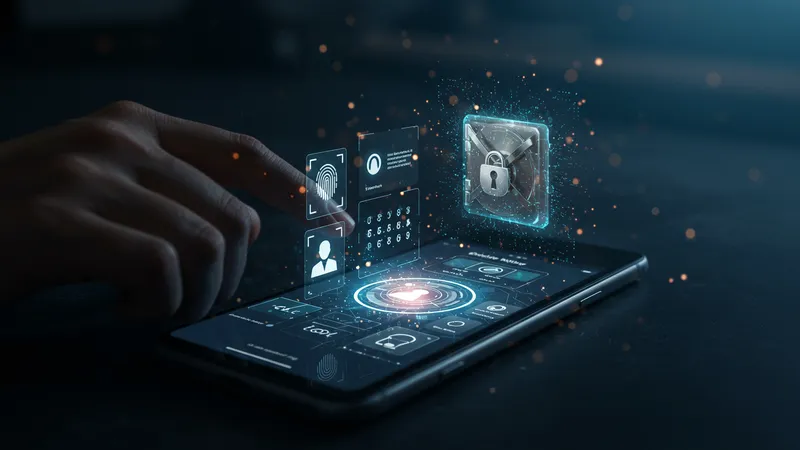
Passwords, often seen as the single gateway to personal information, have morphed alongside, introducing more dynamic security measures. Are you aware of the sweeping impacts this has on your daily login routines?
While enhancing secure access, emerging 2FA methods face skepticism—concerns about data sharing across international borders raise questions. The debate continues, should you be quick to trust innovations?
Despite hesitations, 2FA integrates deeply within security systems universally, gearing towards a smoother user experience. App-based notifications are replacing texts. It's a fascinating development with many choosing to stay ahead by adopting early. Are you ready for what's next?
As the internet grows more personalized, so does security. VPNs are not just about anonymity anymore; they’re about tailored experiences that resonate with unique user behaviors.
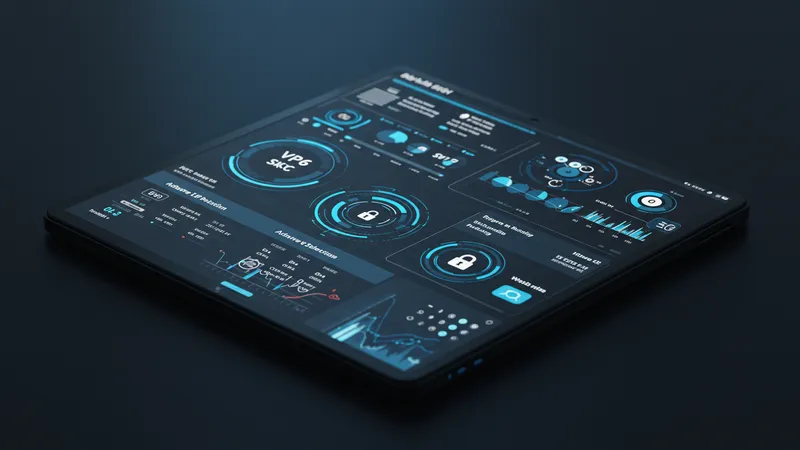
This personalization involves adapting server selections and protocols automatically to match surfing patterns, providing nuanced protection without overbearing processes. How does this impact digital habits?
The risk of generalized security policies is that they leave gaps. Personal VPN endeavors provide a bespoke approach, catering to individual needs with granular control, far beyond a typical security cakewalk.
Through analyzing patterns, these services can fine-tune operations to scale flawlessly with personal security demands. Bold as it sounds, the security future is personal. The next steps might surprise you…
Smart homes are notoriously known for their vulnerability to attacks. Surprisingly, the integration of VPN technology with smart home devices is on the horizon. This isn't just speculative; it is starting to take a solid form.
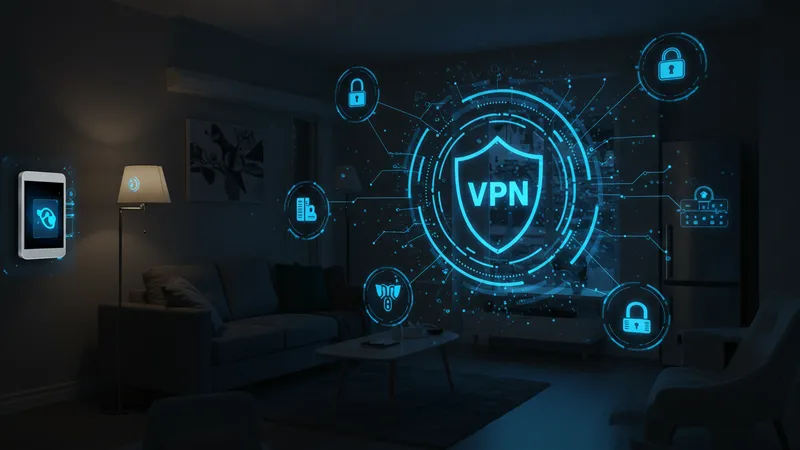
The seamless incorporation of secure connections directly into the architecture of smart devices suggests a future where every element of living spaces enhances security autonomously. Would you have guessed these advancements are possible?
Each device in a smart home, from microwaves to thermostats, can now contribute a layer of security, never seen before. Perception towards everyday convenience is subtly shifting. Can this change the way we interact with our tech habitats?
The collaboration of tech giants with VPN services to create interconnected secure systems is underway, transforming the way devices communicate with each other. You’re on the brink of witnessing a revolution. What's the next frontier?
Free VPNs often lure users with promises of cost-effective security. However, "free" comes with often underestimated risks. Data mining, limited encryption, and slow speeds are just the tip of the iceberg.
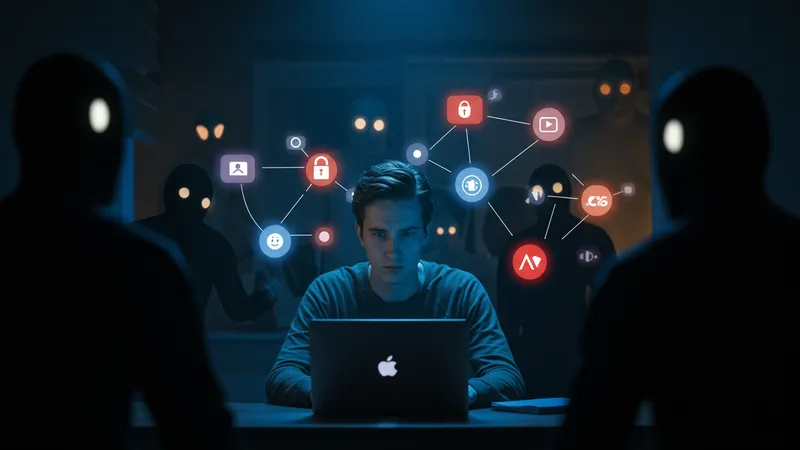
The adage "you get what you pay for" holds firm in this realm, as free options frequently monetize by selling your data to advertisers, creating a paradox of privacy. Should you be more concerned?
Users often miscalculate the consequences, focusing solely on cost. Yet, lurking beneath these services can be complex networks of exploitation or malicious intents. Is saving money worth risking your data?
Consciousness is dawning on the realities of free service costs. More users are opting for trusted providers to ensure a well-rounded experience. Ever wondered how deep these services dive into your data?
Behavioral science plays a crucial role in how we choose our digital safety methods. Have you considered why some people take risks while others invest heavily in cybersecurity?
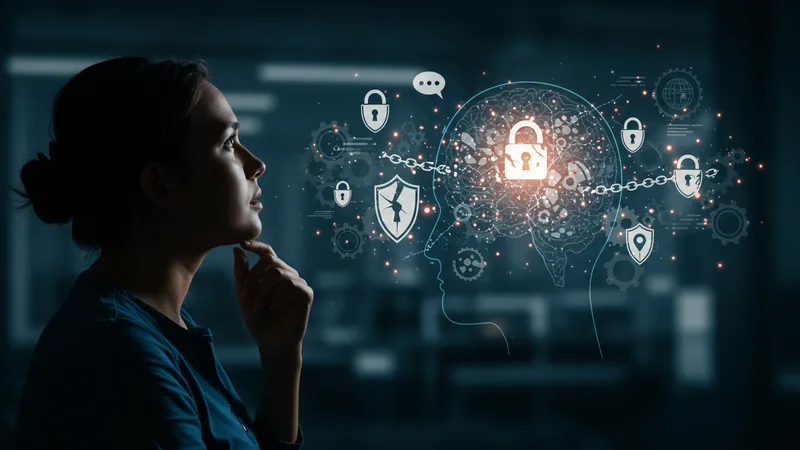
Certain psychological barriers deter individuals from adopting robust strategies: fear, misunderstanding, and procrastination are often at play. But there's another dimension driving decisions...
Understanding personal biases helps decode these choices; knowing what we prioritize can influence our security measures. Insights into human psychology reveal unusual motivations. How does this knowledge change security landscapes?
There’s power in predictive behavior models, showing that nudges could guide users toward better protection practices by understanding choice psychology better. It reshapes how digital safety is marketed. Do you learn the thought mechanics?
Many assume VPNs offer rouge shielded access, but legal restrictions twist this perception. The legality of VPNs varies worldwide, often enforcing rules unknown to users.
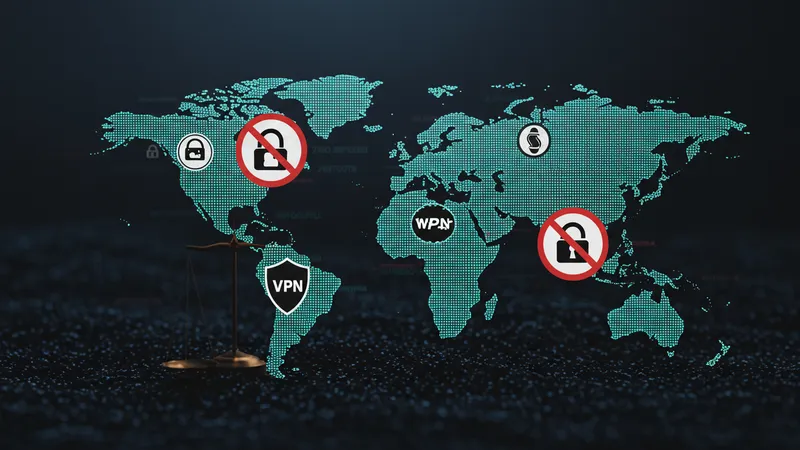
Certain countries have stringent requirements or outright bans on VPN usage, impacting how citizens can legally maneuver online. The digital landscape is more complex than anticipated.
Engagement with VPNs always implies adhering to legal guidelines, which differ vastly across borders affecting usage. It's an often-ignored angle until legal challenges arise. Is it safe to use when traveling abroad?
More awareness about the legalities of VPNs is emerging, guiding users to consider these nuances when adopting tech measures. Where does this leave the average tech-savvy user planning their next trip?
Security adjustments within social media are vital, yet unobtrusive if designed well. Platforms are increasingly tightening security to protect growing communities worldwide.

Beyond surface-level security updates, deeper integrations like encrypted messaging and multi-factor authentication are becoming the norm. Behind the scenes, changes impact user experiences positively.
Awareness and adaptation require education about security features, yet tech jargon often leads to confusion. What's the impact of such dense technological shifts?
The future dictates that users recognize and utilize these tools effectively. Growing education on how platforms balance security and usability is vital for an improved user journey. Are you prepared to adopt these measures?
Cryptocurrency and VPNs both emphasize anonymity, but their crossroads highlight more than just safety. How intertwined are these two worlds?
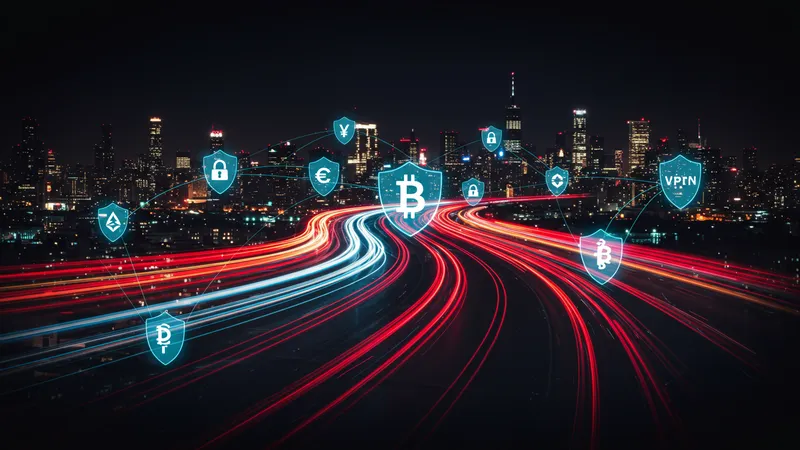
Safeguarding digital currency transactions using VPNs is increasingly essential as they shield IP addresses while dealing in decentralized finances, deterring cyber threats efficiently. Imagine the hidden potential.
Awareness of transaction anonymity continues to evolve, with more domains employing VPNs in blockchain transactions, paralleling rising cryptocurrency adoption. Yet, there's a challenge that persists... Can a balance be achieved?
As emerging technologies intertwine, balancing scale and protection may redefine digital spaces, with chain reactions influencing privacy policies worldwide. Are we witnessing the future of transactions?
With E-learning gaining traction, especially post-2020, VPN usage has surged as educational institutions prioritize data security and privacy like never before. Is this just the beginning?
Students and educators alike demand safe access to global resources, necessitating robust VPN integration that offers unfiltered, secure connections with equitable access. But as always, challenges exist...
Platforms face the task of intertwining safety with user-friendliness and speed, ensuring a balanced learning environment, free from threats and interruptions. How are these succeeding when faced with such stress?
Surprisingly, cooperative partnerships between education platforms and VPN providers paint a promising future for safe, accessible learning worldwide. But the road complicates further when political influences disrupt academic networks. Is this evolution sustainable?
A transformative era of collaborations among tech giants signals innovation ahead. Top companies joining forces with cybersecurity experts are reshaping norms, hinting at integrated security systems beyond imagination.
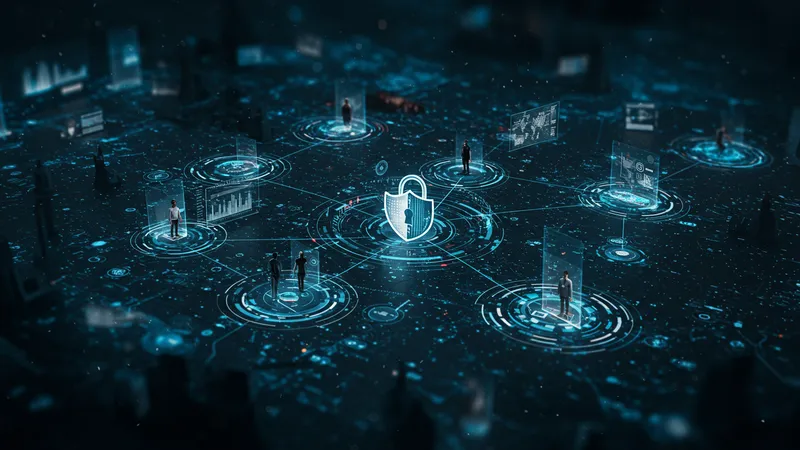
Security partnerships extend into realms beyond comprehension—imagine seamless connectivity between various platforms ensuring user data flows unchallenged worldwide. Can enterprises accomplish this combined digital safety?
Yet even as alliance strategies grow, trust hurdles remain prevalent. Merging tech requires embracing cross-tech talents and resources while overcoming apprehensions. A revolution unfolds.
Surprising that alliances grow from such varied roots, but it’s securing potential on a scale not seen before. Dramatic steps toward shared advancements aren't just talked about; watch closely. What next milestone awaits?
In these evolving digital times, understanding how to navigate internet safety is no longer just for the tech-savvy. A broader narrative is being written as strategies like VPN integration redefine user experiences universally. Now more than ever, how you protect your data dictates your digital presence. Don't wait; ensure your safety and explore innovative solutions that promote a safer online realm.
Your move? Start by selecting a strategy that matches your comfort and suits your lifestyle. Bookmark this article, share it, enlighten others, and stay ahead of digital threats. The future is now, and your safety depends on how well you embrace change.